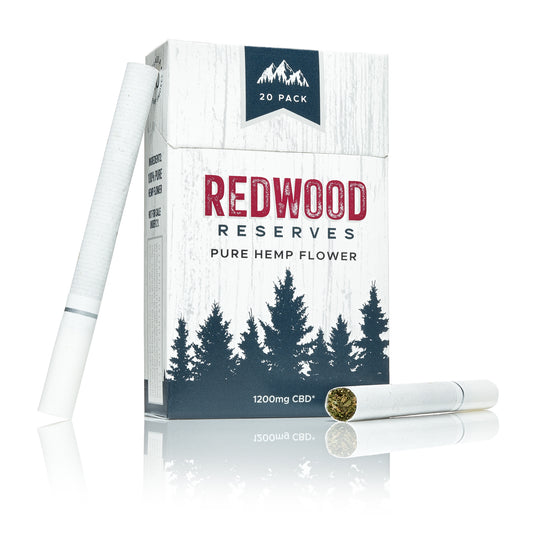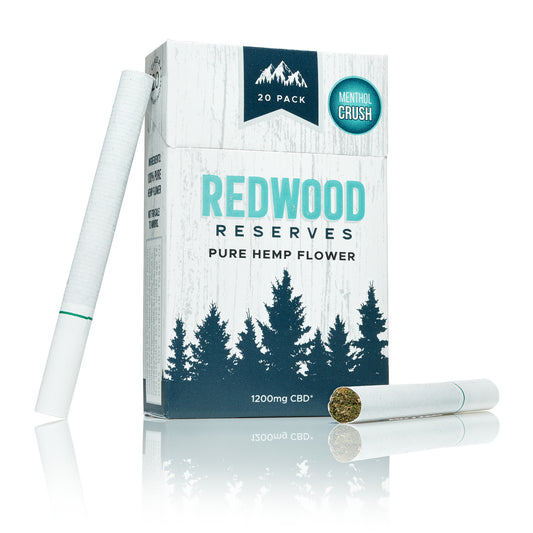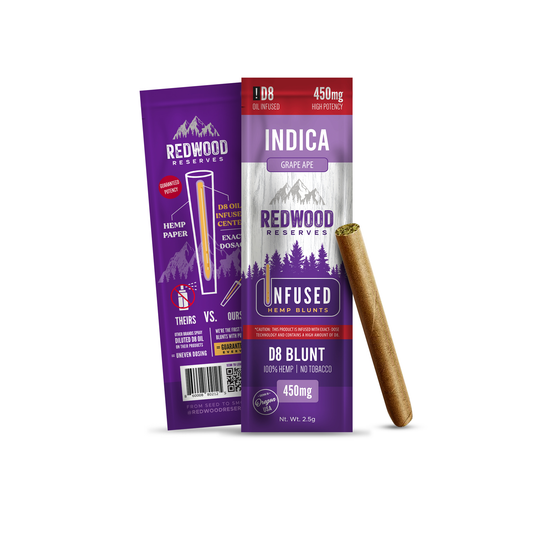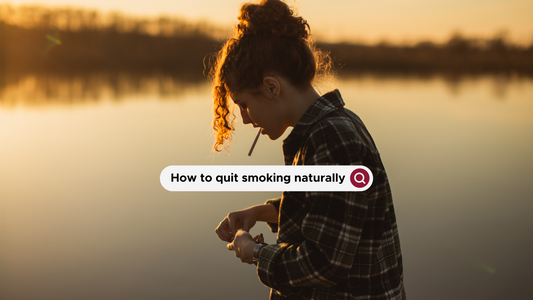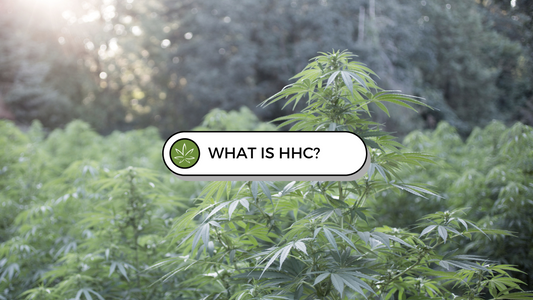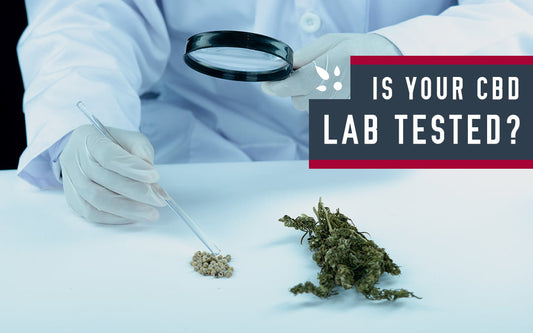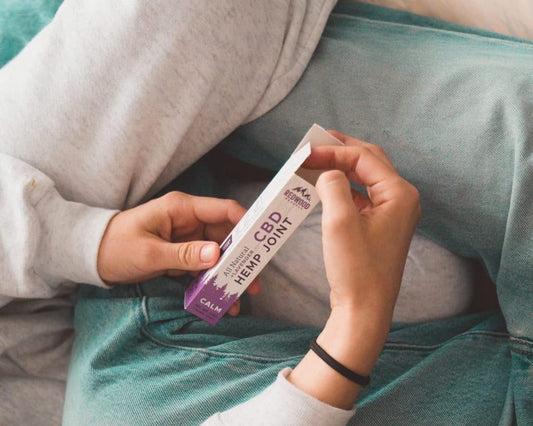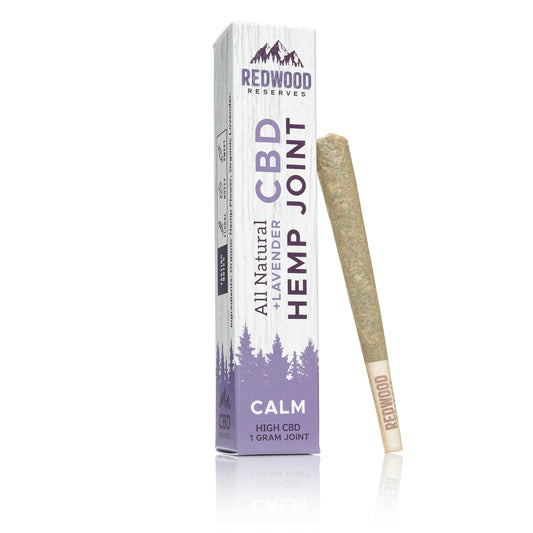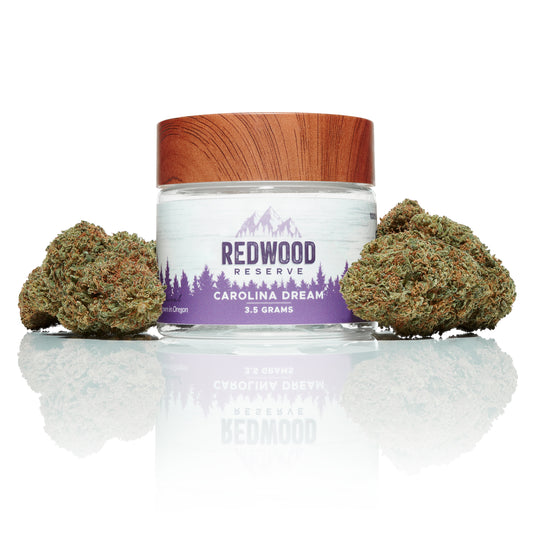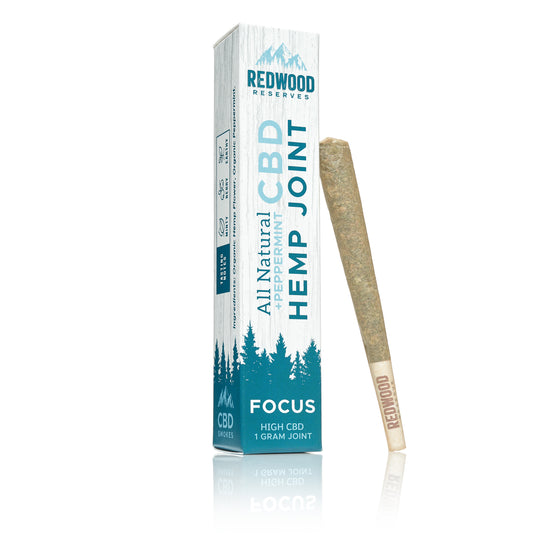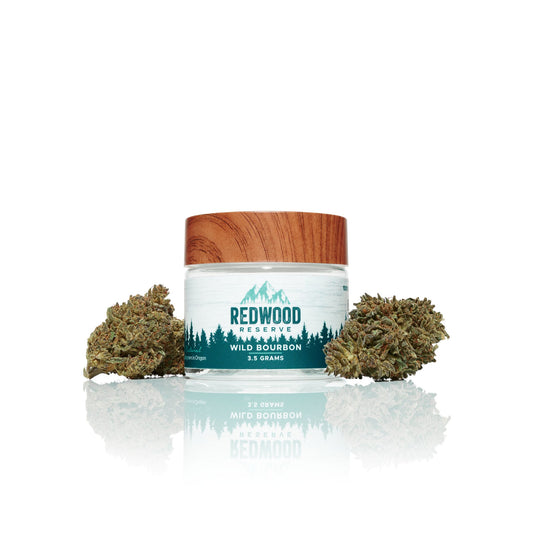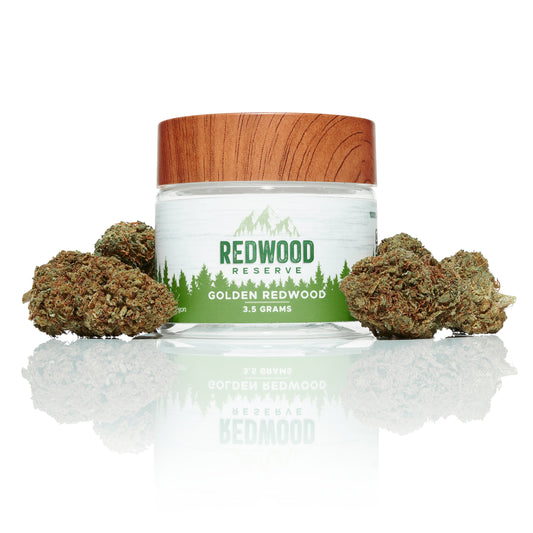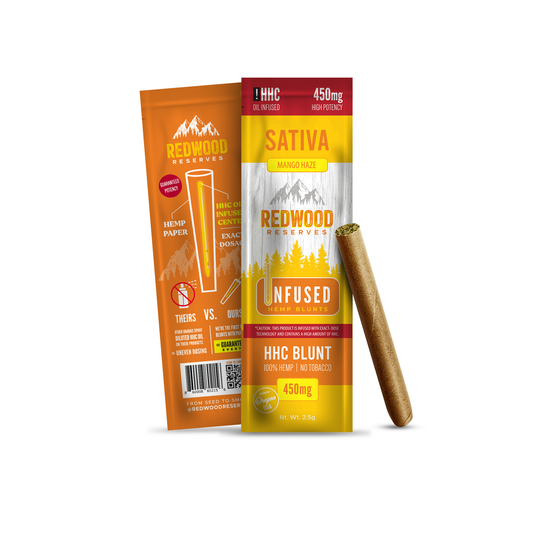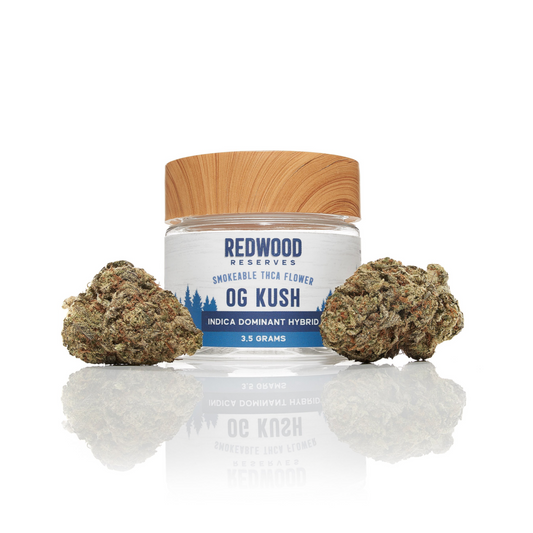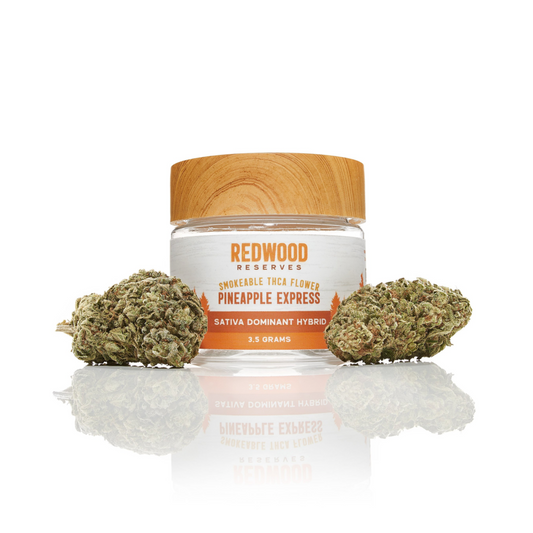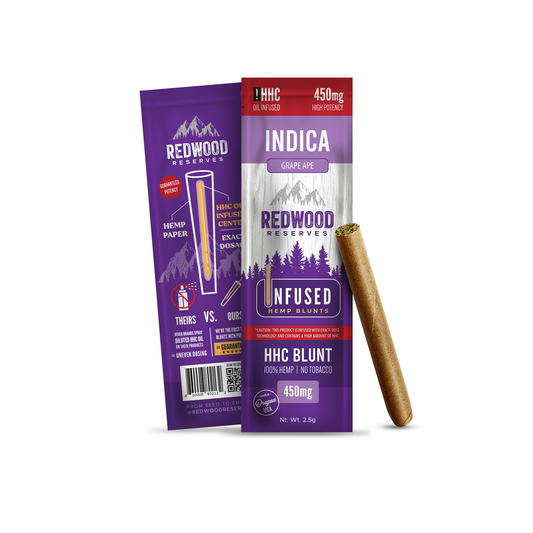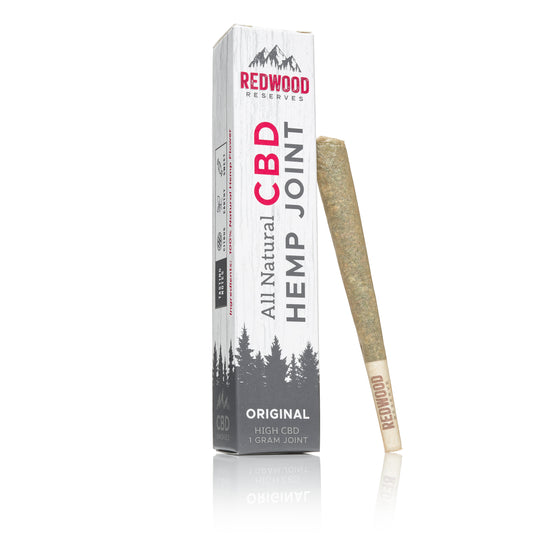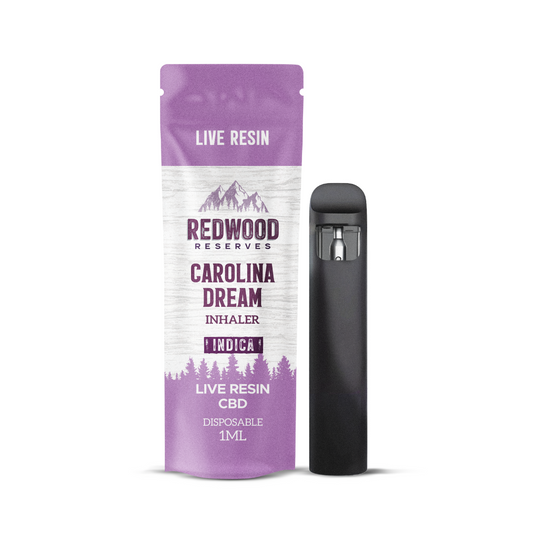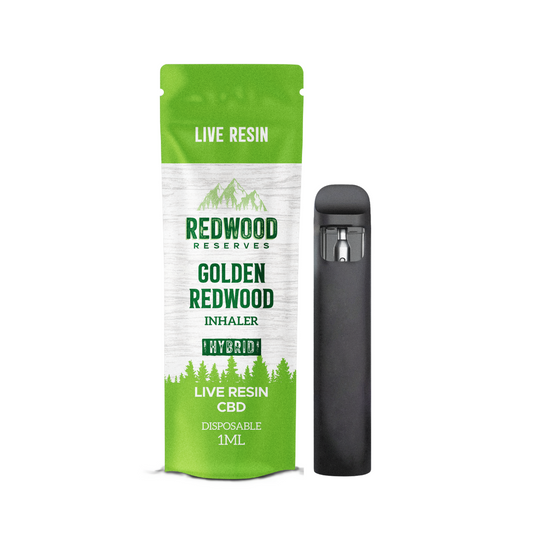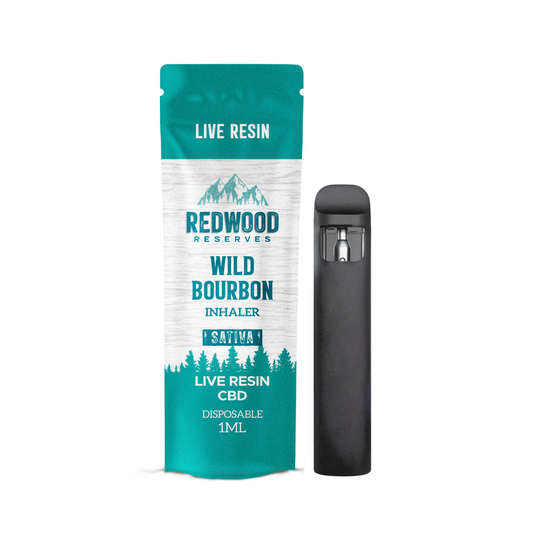The hemp plant may be one of the most useful plants around – hence, 50,000 uses. From paper to food to medicine, the hemp plant has been a staple for production for a very long time.
A place in history
The first traces of hemp usage in civilization dates back to 8000 BCE in Asian regions that are now modern-day China and Taiwan. Records indicated that they used hemp seeds and oil as food and hemp thread in pottery.
Fast way forward, and hemp arrived in North America in 1606. Back then, farmers grew it for paper, lamp fuels, ropes, and more. By the 1700s, farmers in some colonies were even legally required to grow hemp as a staple crop. In fact, many of our founding fathers grew hemp and advocated its uses and benefits, like George Washington and Abraham Lincoln. Obviously, government support for hemp changed at some point, but that’s a story for another time.
Every part plays a part
Hemp’s versatility is enormous, and its applications are numerous – including up to 50,000 documented uses, from clothing to fuel. Hemp is a sustainable powerhouse, and every part of the plant has useful applications. Although we primarily use our hemp crops for smokeable products, like high-quality CBD cigarettes or CBD pre-rolls, we are well-aware of the plant’s might – and happy to spread the gospel.
Let’s begin with the plant itself. The hemp plant breaks down into four parts – the seed, the stalk, the leaves, and the roots. We’ll talk about the seeds first since it all starts there.
The mighty seed
The hemp seed is a well-versed little guy and has applications across industries ranging from food to beauty to fuel. From a nutritional standpoint, hemp seeds have fallen into the “super-food” category. They are considered a complete protein source by supplying all essential amino acids, and they deliver a healthy ratio of omega-3 to omega-6 fatty acids. Hemp seeds are also a good source of Vitamin B and E and minerals like calcium, iron, potassium, and zinc, to name a few.
However, there’s more to the seed than nutrition. Hemp seeds can be cold-pressed to produce oil (a.ka. hemp seed oil) commonly used in body creams, shampoos, soaps, and other personal care items. Hemps seeds are also becoming popular in baking and can produce animal feed, milk, beer, and more. The usefulness of hemp seeds is pretty extraordinary.
Versatile stalks
Next up, the hemp stalks. These guys have three sections: the epidermis (or hemp’s skin), the bast fiber, and the core – also called the hurd. All three parts are instrumental. The outer layer, or skin, can produce clothing, carpeting, insulation, fiberglass substitutes, and acrylic products. The inner part of the stalk, or the bast fiber and hurd, are used for paper, hempcrete, fiberboard, molded plastics, fuel, and so much more.
So as you can see, between the seeds and the stalks, the hemp plant alone can sustain a population of people and animals.
Powerful leaves
Often, when plants are harvested for the seeds and flowers, there are leftover parts such as leaves and roots that seemingly become plant waste, right? Wrong – especially with hemp. As we mentioned, every part of the hemp plant is useful, including the leaves.
Making tea with hemp leaves has long been popular for a variety of reasons. For millennia, cultures worldwide have used it for medicinal purposes and during religious rituals and ceremonies. Not surprising, given that raw hemp leaves are a good source of nutrition and CBD (cannabidiol). Each leaf provides powerful antioxidants like polyphenols, is rich in digestible globular proteins, and delivers heart-healthy Omega 3 and 6 fatty acids.
Down to the roots
Last but certainly not least is the hemp root. This part of the plant can be juiced, mashed into a paste, dried into a powder, or boiled down and concentrated into a thick, syrup-like texture for various applications.
Hemp root products are not as common as hemp seed or stalk-derived products, but as hemp and CBD products continue to gain popularity, we’re sure to see more root-based products come to market.
Waste not
Sustainability is a topic we can’t avoid – our earth’s survival depends on finding better ways to recycle and reuse. We are fortunate to have our farms and fertile land to live our dream of providing clean-grown, high-quality hemp cigarettes and other CBD-rich smokeable products.
So we practice what we preach in everything we do. Not one bit of our hemp plants goes to waste. We use it to help feed our rescue friends, fertilize our crops, and – above all – nourish our spirit.
